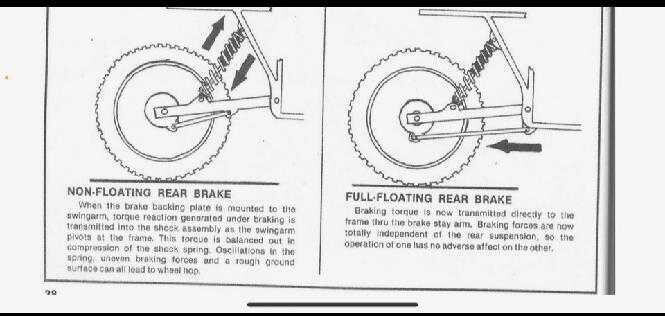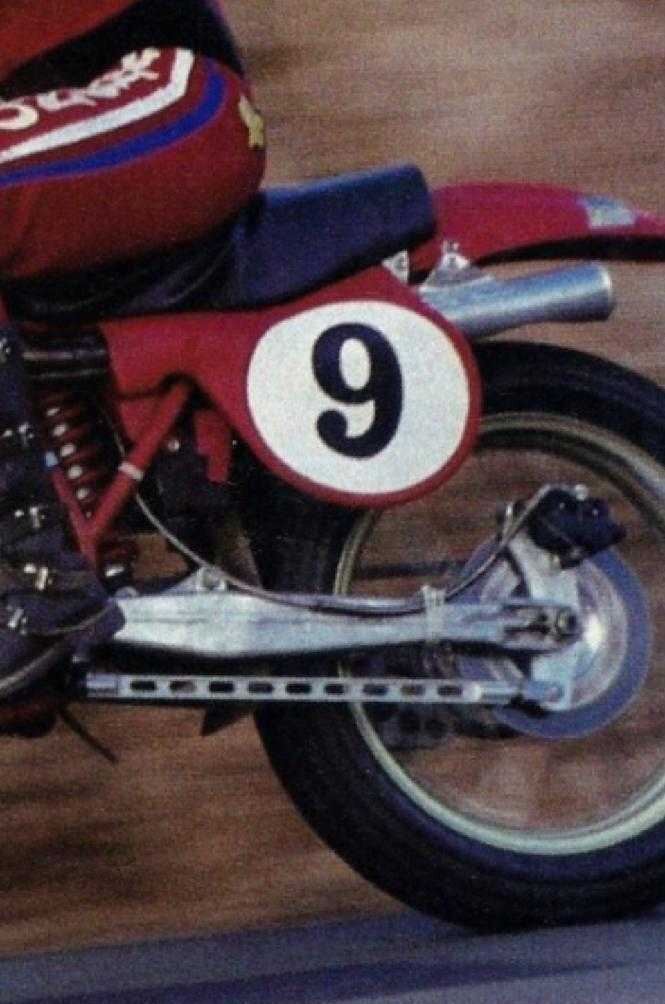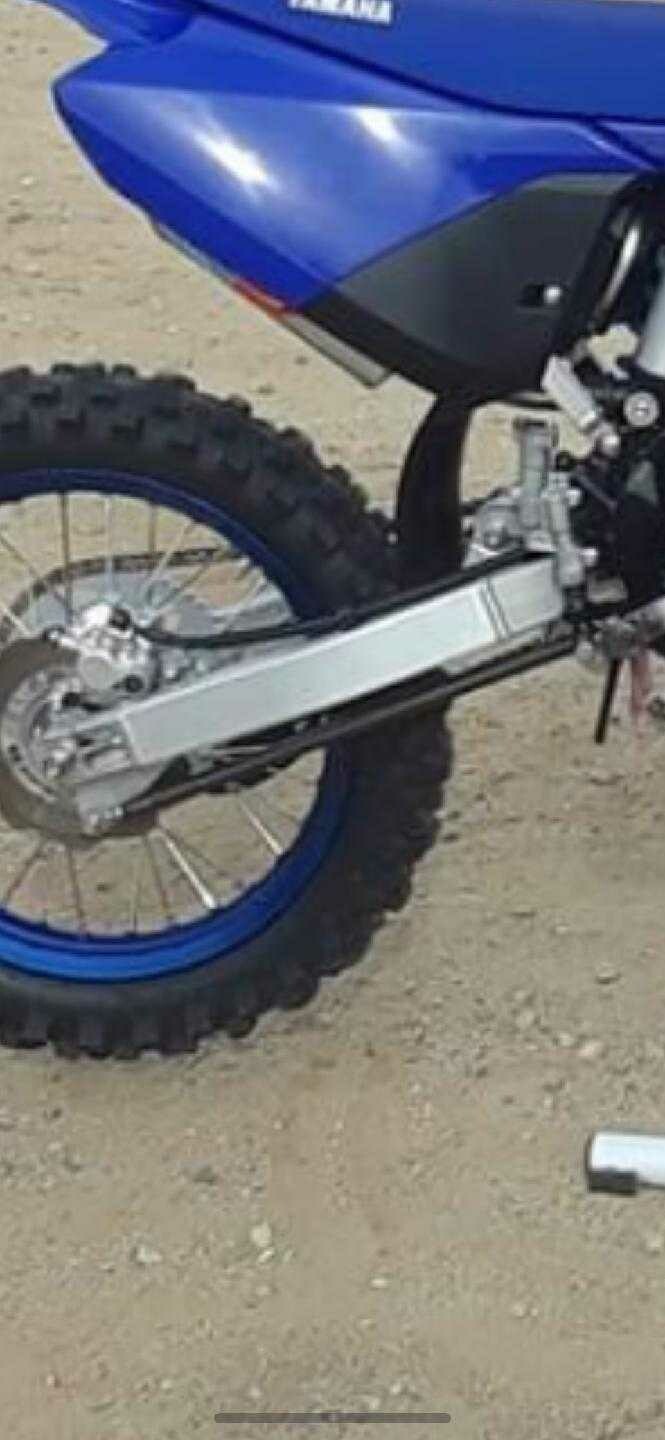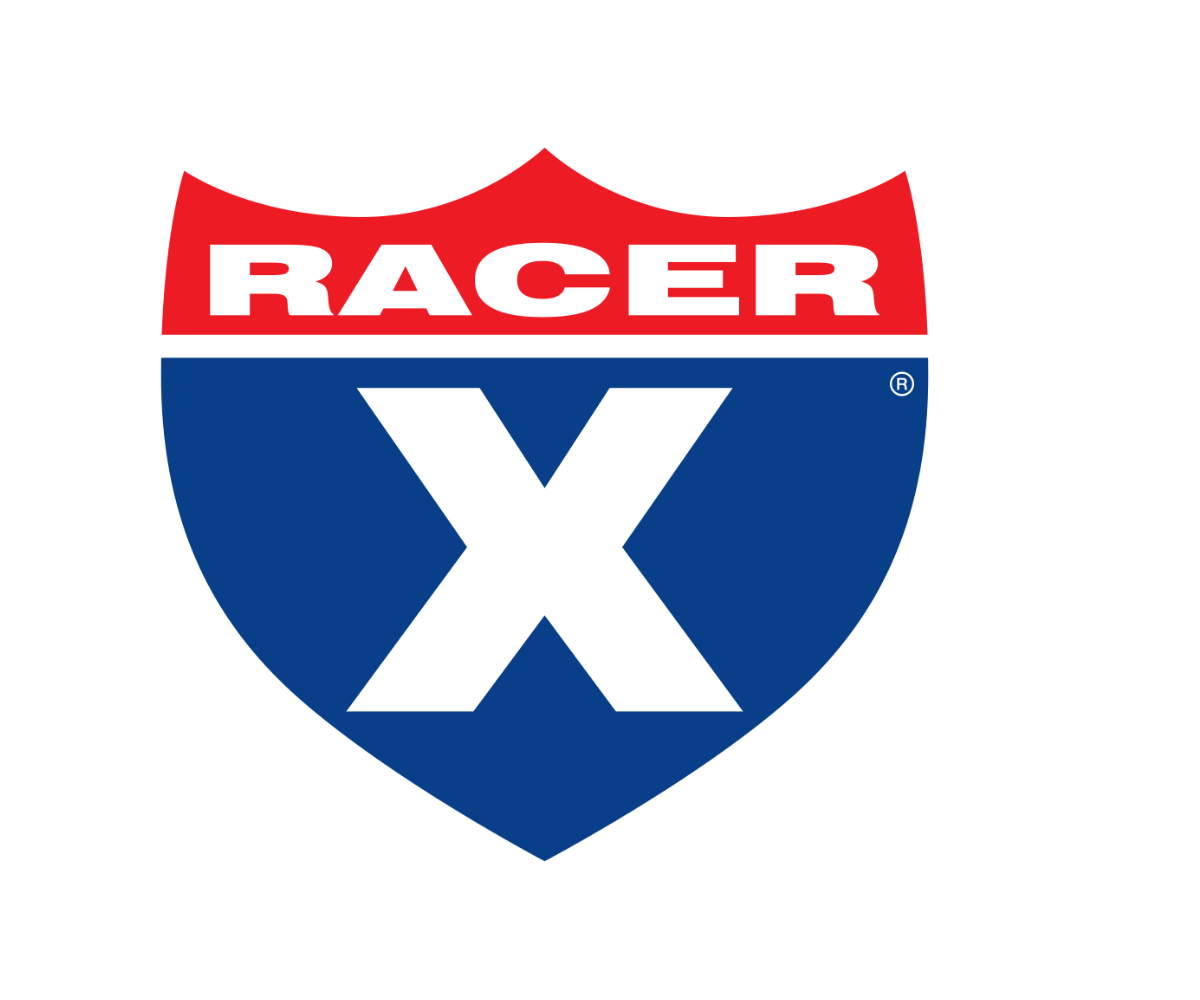Some inventions, tools, and techniques have advanced the sport of motocross significantly since their inception. The Racer X staff explains some of those advancements in this feature, “Next Level,” and this month, we’re taking a look at floating rear brake systems, which are actually no longer in use on modern motocross bikes. Now, you might be thinking, how can something be next level if it’s not used anymore? Well, it could be irrelevant, or it could just be something that went away, and nobody is really sure why. Either way, it’s an interesting concept, especially to Dave Osterman, which is who we talked to for this installment of Next Level.
If you don’t know who Osterman is, just be aware that he’s been in this industry for decades and is no stranger to the technical side of motocross technology. He’s worked at Honda, Yamaha of Troy, Pro Circuit, and more. He was even the team manager for Team TwoTwo Motorsports. He’s also very passionate about the concept of a floating rear brake system. Don’t confuse that with the idea of a floating rotor, which is a completely unrelated concept. A floating rear brake system is designed to maintain proper performance from the rear shock. Confused? Let’s get into it.
To help understand the value of a floating system, Osterman instructed us to perform an interesting exercise. First, sit on a motocross bike and feel the way the suspension moves up and down freely. Then depress the rear brake and notice how much differently it behaves.
“If you push up and down, your suspension, if it’s set right, will telescope up and down fairly evenly,” Osterman explains. “Then while you’re doing that, take your foot and slowly put a little rear brake on. It’s not going to telescope anymore, it becomes what I call the monkey motion. It binds up the rear shock.”
What’s happening here? If you look at the rear brake caliper, it’s anchored to the swingarm, which is part of the rear suspension system. When the brake is applied, torque gets transferred into the rear suspension, making it behave differently, or as Osterman describes it, “locking it up.” In a floating system, the anchor point for the rear brake isn’t on the swingarm, but on the frame of the motorcycle itself. This is achieved by attaching a rod from the frame to the brake caliper. This completely separates the rear suspension from any force being generated by the rear brake.
“What the floating rear brake does, under braking, it will slow the wheel down without binding the suspension,” Osterman says.
It certainly seems like a smart idea, but if it is, why isn’t it being used today? Osterman has his own ideas as to why, many of them accompanied by four-letter words, but he pointed out that when motorcycle manufacturers all switched to disc brakes in the rear, the floating system on motocross bikes disappeared. Nobody said anything because, as Osterman believes, everyone was so enamored with the rear disc brakes they never noticed.
“When all the manufacturers went to disc brakes, it disappeared like a vampire when you open the curtains in a room. Poof, it was gone. They all got rid of it at the same time,” Osterman says. “These teams, they’re doing almost everything right, but they’re doing one thing wrong. I guarantee you I could go to Florida, or wherever, and hang out with the Star guys for a few days and retrofit some stuff on their bikes working with their machinists, and I guarantee those guys would end up buying me dinner. It’s not my genius, the floating rear brake, I was just in a time when that was common. All my race bikes had it, all the competitors’ race bikes had it. I’ve recreated it on my own bikes and it’s like, ‘Holy shit,’ you can feel the difference."
“Imagine going to some of those fast nationals, and you’ve got a guy like Eli Tomac, Chase Sexton, or Cooper Webb, beatin’ ass and changing lines, or even using their brakes for stability, like a lot of guys do, in sandy and loamy conditions. When they give it even just a little bit of rear brake, even with the best suspension, it’s going to bind the rear suspension. You’ll hear these guys in interviews talking about a track requiring early or late braking in places. If they had floating rear brakes, none of that would matter.”
As you can tell, Osterman is very confident the concept of a floating rear brake would provide a big advantage and has tried to bring it back several times.
“I had a friend who’s a fabricator, and he got with a guy who’s tied in with KTM and they built a couple test setups with the floating rear brake. Two of their test riders rode with it and they both gave it a thumbs up. They were impressed with it, but it just went away,” Osterman says. “I’ve proposed this to guys at different teams and they look at me like, ‘What, you think you’re smarter than me?’ No! I don’t know where they’re getting that from. I’m just giving them free information that’s not even in their playbook. If Jett Lawrence had this on his bike outdoors, he’d be even better. But nobody is doing it! It makes me laugh. I guarantee if one factory team gave this a shot, you’d see it on all the rest of the bikes within a few races.”
Is Osterman just holding on to technology of a dead era, or is there true wisdom in his wealth of experience? Is the floating rear brake no longer an advantage in today’s era of modern suspension, or is it something of real value that’s fallen through the cracks over time? Well, you’ll have to be the judge of that, but if you’ve ever ridden a dirt bike, there’s no denying that it does behave differently under braking. Whether or not you think it’s next level, it’s without a doubt an interesting concept for those with a mechanical mindset.







